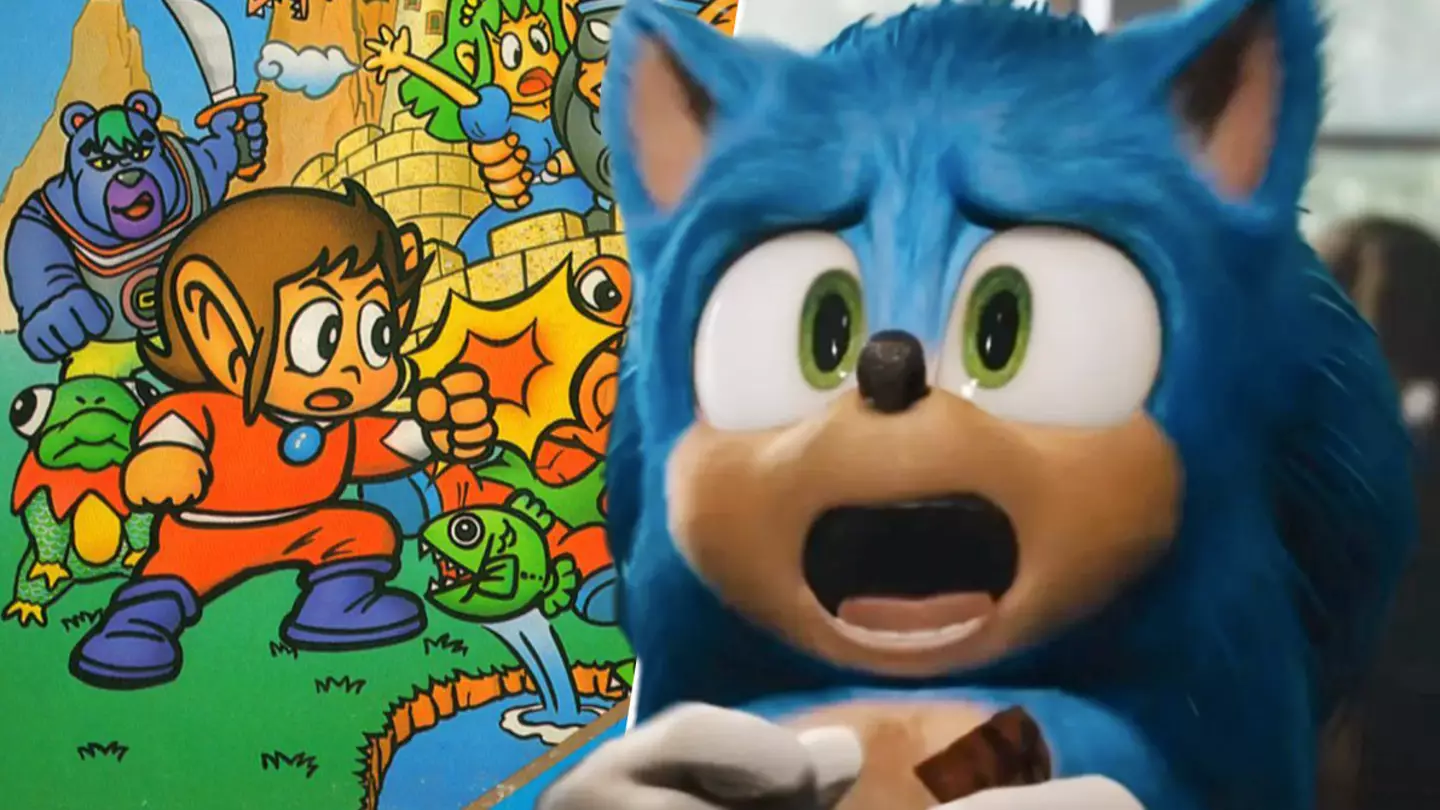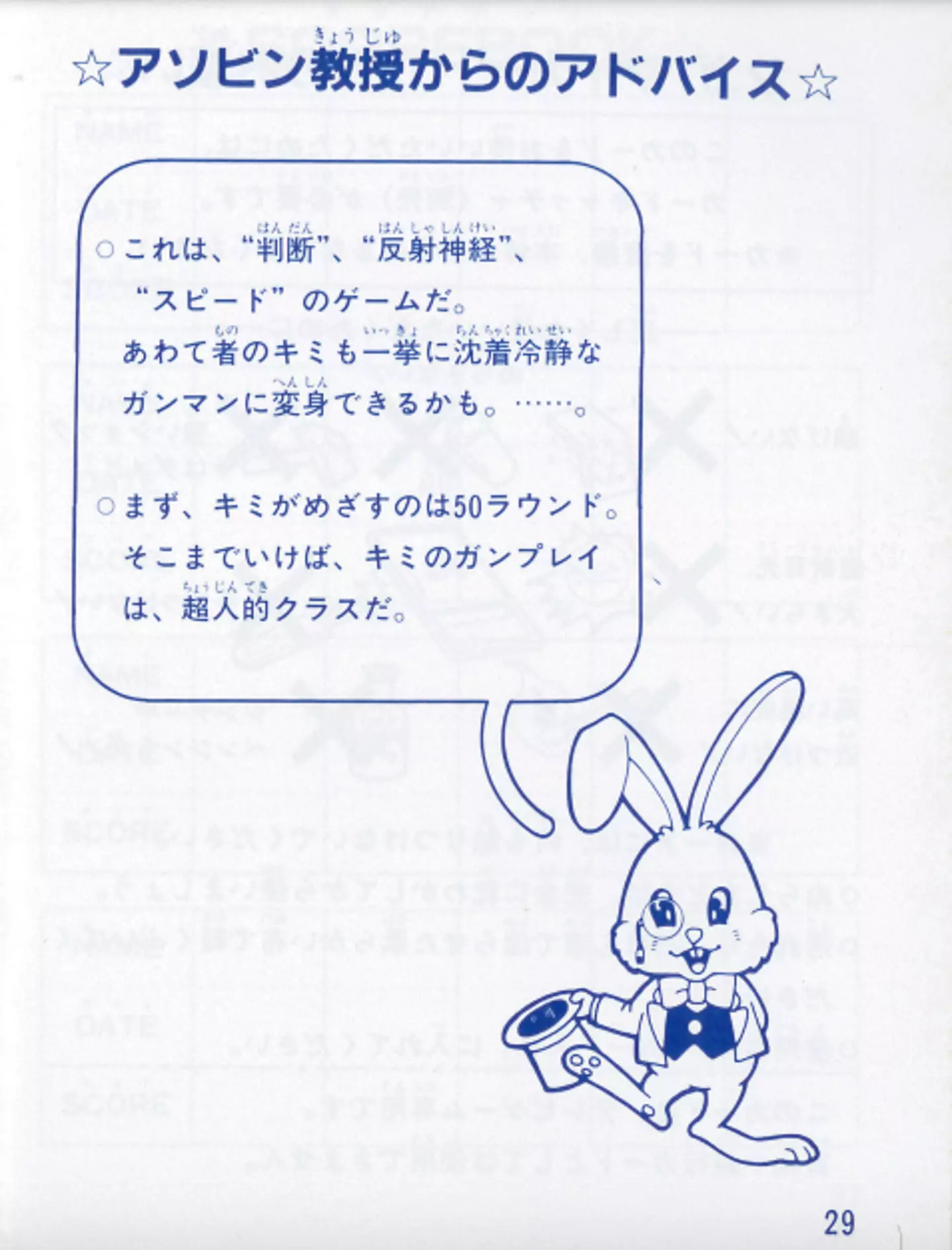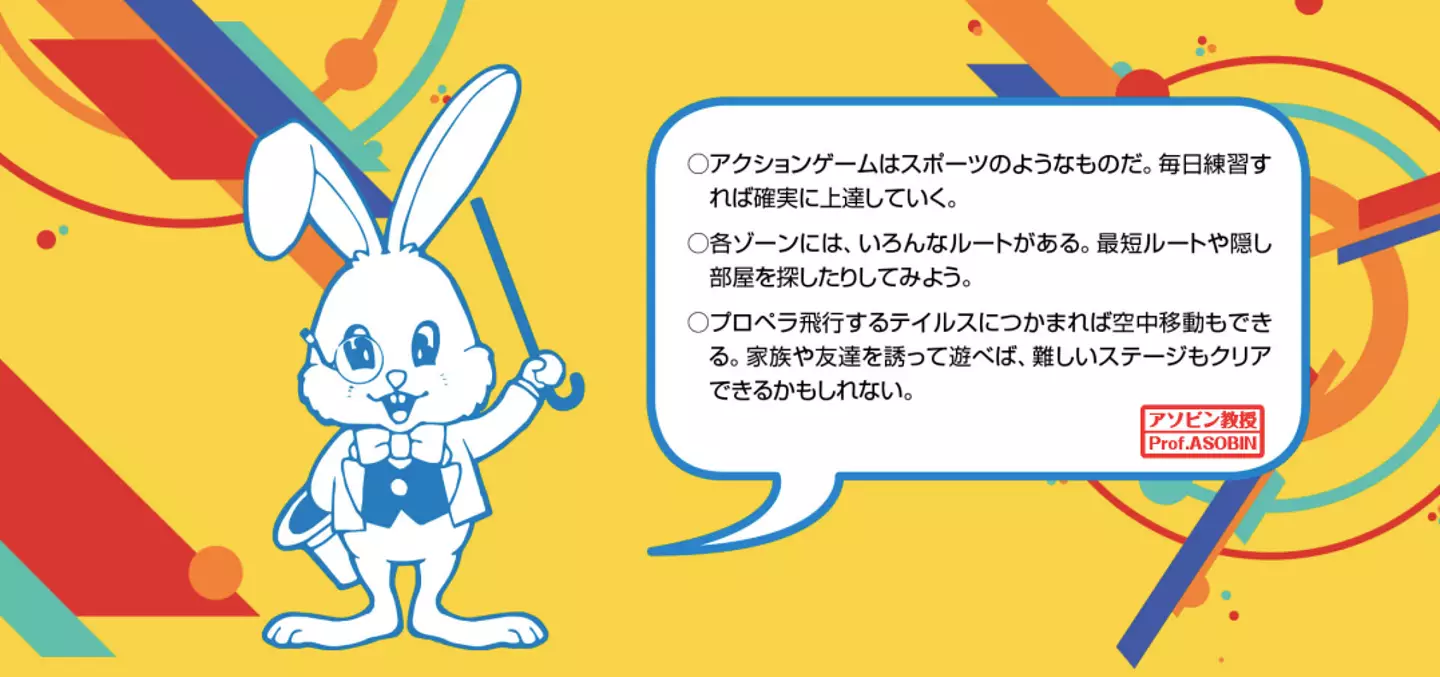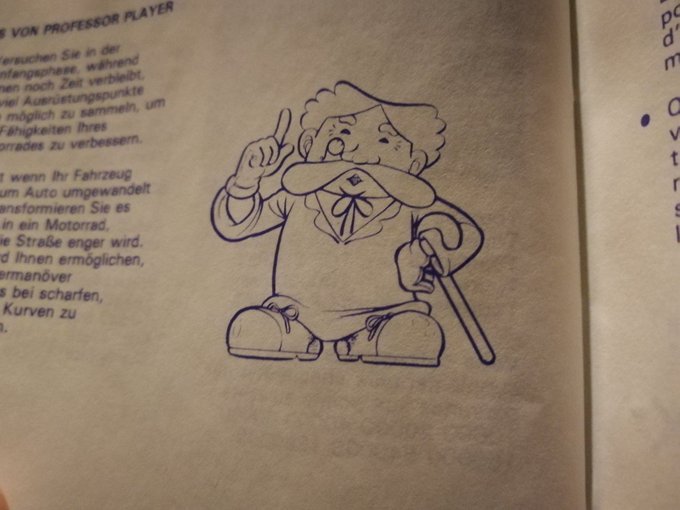
I’m not sure whether it’s an age thing or more a comment on a shortage of absolutely essential new games in 2022 so far (before you talk to me about Elden Ring, I’ve played some of it, I see its qualities, but it’s not really my thing), but I’ve been playing a lot more old games of late. Retro games, you might say, not that it’s especially clear where the line between modern and retro rests right now (more on that on these pages, soon). I’ve spent what games budget I allow myself on new-to-me carts for the SEGA Mega Drive and Nintendo Game Boy, and at the end of April I reacquired an 8-bit SEGA Master System, reconnecting with the one games console I ever sold as a kid.
And oh my, hasn’t the Master System reawakened something in me. The original console, with its card slot on the front and how-to-connect-this-thing diagram on top, was my first console, all mine rather than the shared computers that the family had access to (a Spectrum and, later, an Amiga). I picked up a cheap Master System II a few weeks ago, with Alex Kidd In Miracle World built into it, and have already bought over 20 cartridges for it - some to replace what I sold in the 1990s, like Castle of Illusion and Pac-Mania, others which are all new to me, like the heavily compromised Master System versions of Golden Axe and Alien Storm. And while flicking through the manual for one of the games I had as back when, the vertical-scrolling shooter Action Fighter, I came across a curious figure offering gameplay tips: Professor Player.
Advert
Now, I know a bit about SEGA through the years - I’ve written one book on retro games, I’ve another on the go right now, and I’ve contributed to several more in an editor and guest writer capacity. Then there are the many articles I’ve written on the Japanese company - a lot, basically. But Professor Player? I mean, I must have seen this guy as a kid, as I had this game, but he didn’t stick in the memory whatsoever. And when I go to Google, there’s not much there either. Initially, anyway, as a little digging reveals that this moustachioed man with a plan for getting a higher score is, in fact, a genuine SEGA mascot that time forgot.
Related: watch the sad moment a flagship SEGA arcade closed down in the video below
Professor Player is, you see, actually a character called Games Hasake, or Dr Games - he’s also sometimes known as Professor Playor, which might simply be a typo on certain appearances. Quite why he’s called Professor Player in the Action Fighter manual, I’m not sure, but I can guess that it’s a combination of the ‘Games’ of his name becoming ‘Player’, with ‘Professor’ potentially drawn from the would-be mascot that he replaced in SEGA manuals in 1984 (says SEGA Retro), Asobin Kyouju. This character, aka Professor Asobin, is an anthropomorphic rabbit with a top hat, waistcoat and monocle who showed up in the manuals of SEGA SG-1000 and Mark III games (the SG-1000 being the mostly Japan-only forerunner to the Master System, and the Mark III its almost like-for-like Japanese equivalent - that’s a whole other story, not for right now). There’s no definitive information out there on his origin or specific design inspiration, but there’s a clear Alice in Wonderland influence at play.

Asobin, so far as I can tell (and this is just a cursory check, NGL), never featured on UK SEGA literature. He’s listed as being in the Master System release of Super Tennis, for example, which will mean the Mark III game in Japan; but when looking at the European manual for said game, it’s his human replacement who shows up, albeit unnamed here. Action Fighter is listed as one of Asobin’s games; but again, I have the manual here with me now, and it’s the other chap in his stead. He’s in the Enduro Racer Mark III manual, says the internet, but a flick through the manual that comes with the UK release of SEGA’s great dirt bike game shows… nothing, actually. Neither Asobin nor Dr Games makes an appearance.
Advert
Professor Asobin’s frequent appearances in SG-1000 game manuals made him SEGA’s first recognisable character, repeated over several releases - ergo, he became the company’s de facto mascot, before Sonic the Hedgehog, Alex Kidd, or the briefly used Opa-Opa from the Fantasy Zone games. And while it’s not immediately obvious, there’s a connection between the long-eared and bright-eyed academic and the famous blue blur of so many games and two blockbuster Hollywood movies. Because, you see, Sonic began as a rabbit - he was sketched tucking up into a ball, his ears wrapped around him, to spin around levels.

“At first, our player character was a rabbit that beats up enemies by picking up and throwing objects with his ears,” co-designer Yuji Naka says in the Cook & Becker-published Sonic the Hedgehog 25th Anniversary Art Book. Ultimately, these ears-propelled projectiles were scrapped for a rolling attack, at which point the bunny grew spines and became the Sonic the Hedgehog we know today.
As for Professor Asobin, he slowly disappeared from SEGA manuals, his last tips-providing appearance coming in May 1987’s Kung Fu Kid. Except, that wasn’t quite his final bow, as he appears on the back cover of the SEGA 3D Classics Collection for the Nintendo 3DS, on the digital manual for the Japanese release of Sonic Mania, and he popped up here and there in a few Japan-only SEGA titles in the 1990s and early ‘00s. And Professor Player, aka Dr Games, aka Games Hasake? SEGA Retro’s profile of the character says he was removed from all manuals by 1988; but then again, that same page states that he never appeared on manuals outside of Japan, which we now know to not be the case. So maybe he’s still out there, secretly secluded within official paraphernalia, stalking modern SEGA merchandise from the shadows. I mean, he’s not, but he’s in my Action Fighter manual from 1987 at the very least. Play on, Player.
Featured Image Credit: SEGA, Paramount PicturesTopics: Sega, Sonic, Retro Gaming


